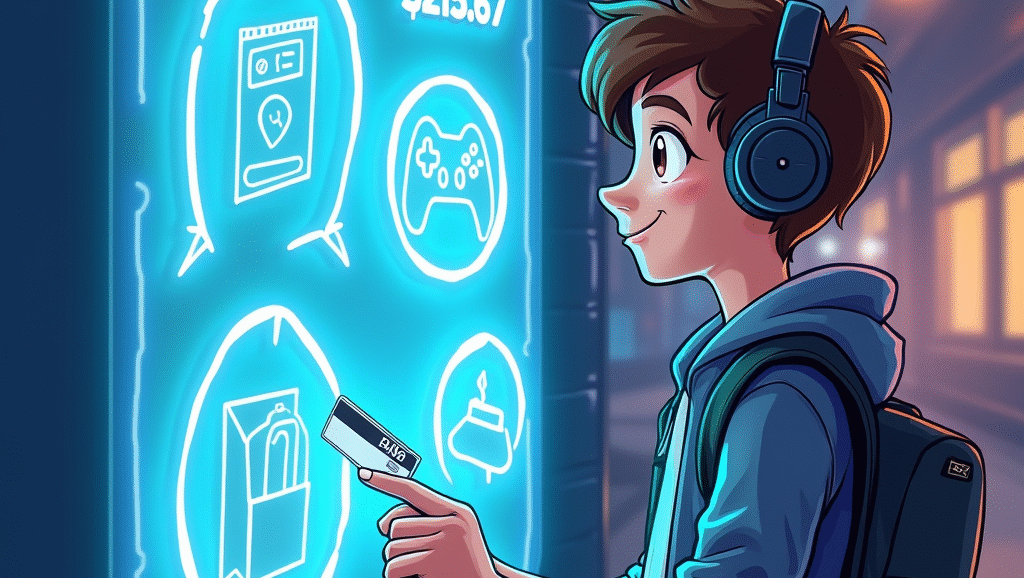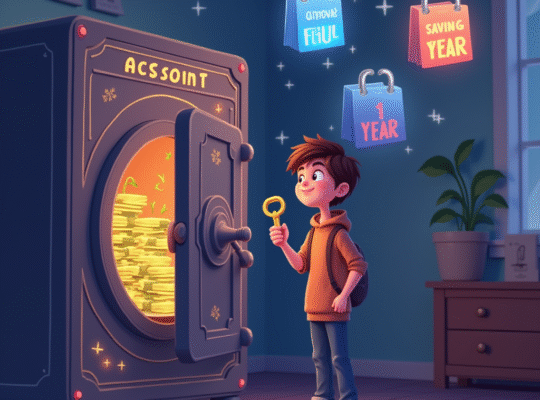A checking account is a place at a bank or credit union where you can put your money and easily use it when you need it.
Think of it like a spending hub. You can:
- Swipe a debit card to pay for things
- Withdraw cash from an ATM
- Transfer money to other people
- Pay bills online
Unlike a savings account, a checking account is made for daily use — not for growing your money over time.
Pros
1. Easy Access to Your Money
You can get to your money anytime through your debit card, mobile app, or ATM.
2. Comes With a Debit Card
This makes it easy to pay at stores, shop online, or grab snacks — without carrying cash.
3. Online Banking
Most checking accounts come with an app so you can track spending, check balances, and transfer money anytime.
4. Some Accounts Are Fee-Free
Many student or teen accounts have no monthly fees if you meet simple rules (like setting up direct deposit or keeping a small balance).
Cons
1. Doesn’t Earn Much (or Any) Interest
Checking accounts are for spending, not saving — your money won’t grow while it sits there.
2. Overdraft Fees
If you spend more than what’s in your account, the bank might still let the payment go through — but charge you a fee (sometimes $35 or more). That’s called overdrafting.
3. Minimum Balance Rules
Some checking accounts require you to keep a certain amount of money in the account. If you drop below, they might charge a monthly fee.
Things to Watch Out For
- Avoid overdrafting: Turn on “overdraft protection” in your banking app if possible.
- Check for hidden fees: Some banks charge for using out-of-network ATMs, getting paper statements, or not using your account enough.
- Choose the right account: If you’re a student or teen, make sure the account is made for your age group so you avoid unnecessary fees or limits.
Best For
- Teens learning how to manage money
- Anyone who wants to pay bills or shop easily
- People who need quick access to their money
- Anyone who gets paid regularly and needs a place for deposits
A checking account is like your money’s front door — it’s where things come in and go out. It’s super useful, but it’s not where your money grows. Treat it like your money’s workspace, and pair it with a savings account (your money’s home) if you want to build good habits.





